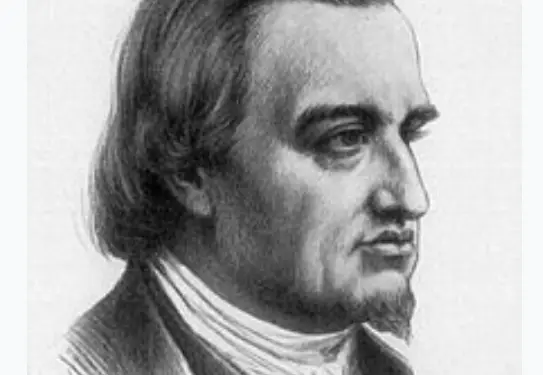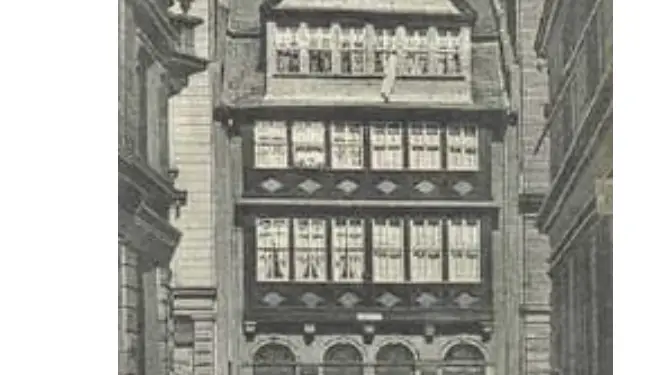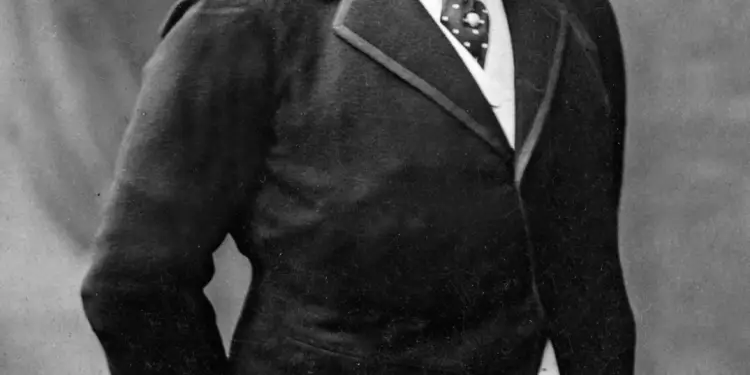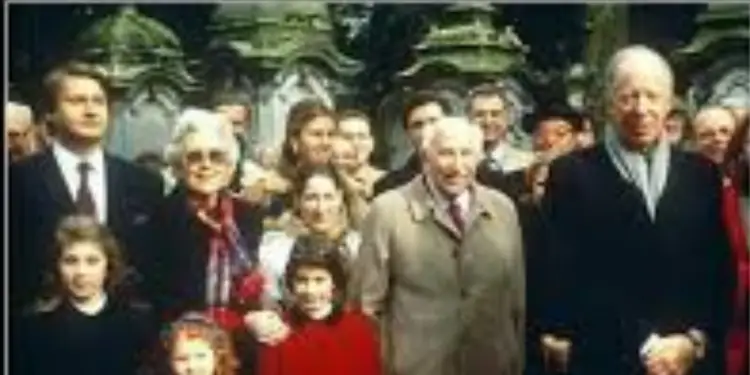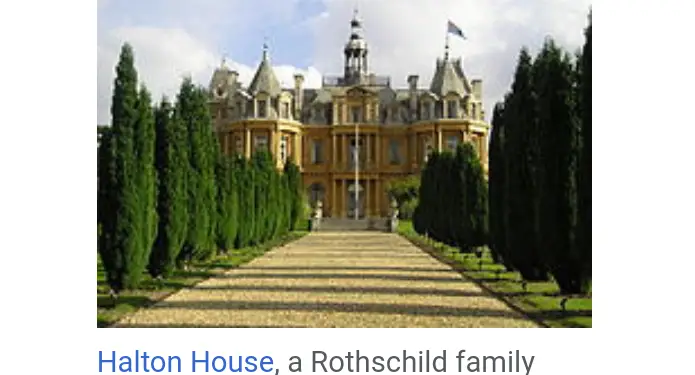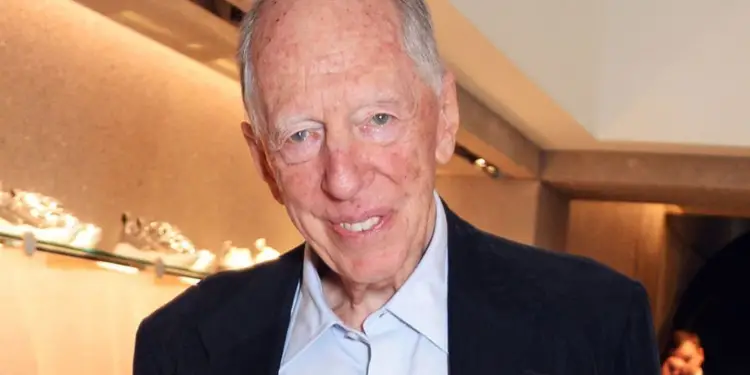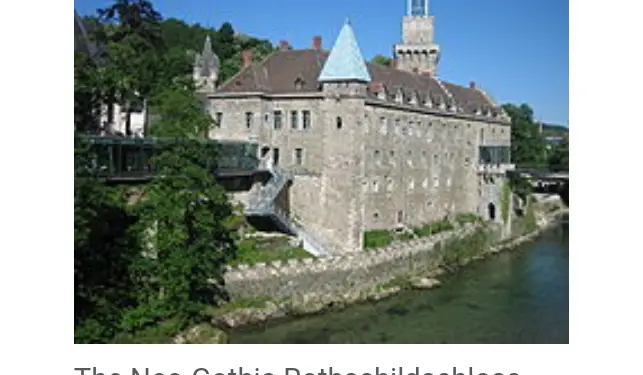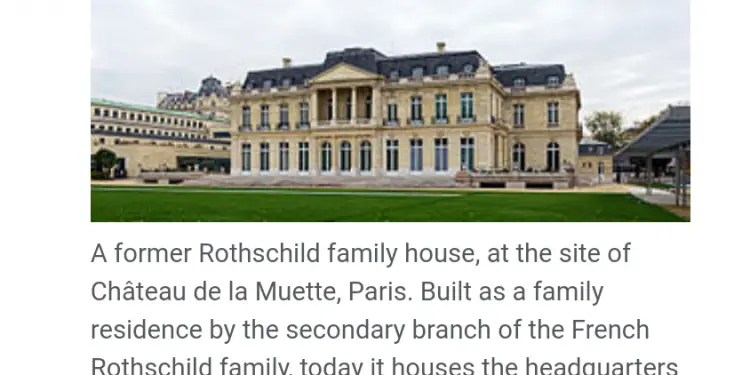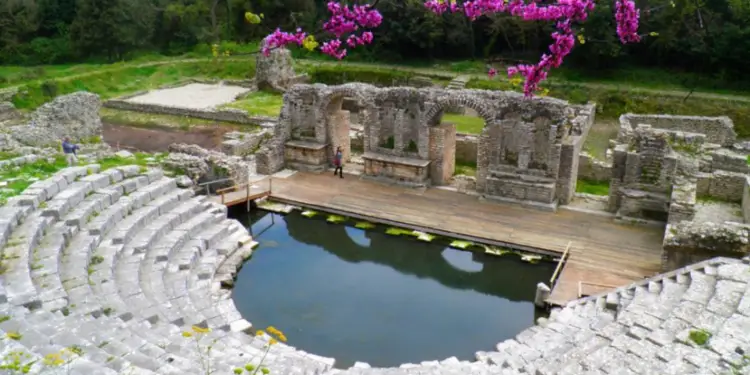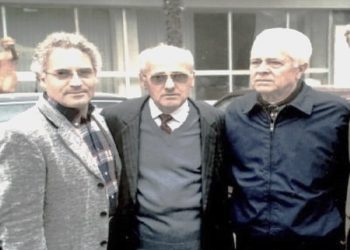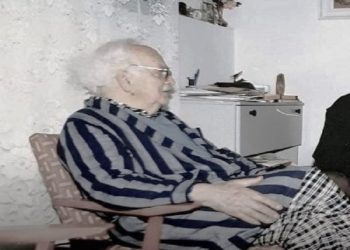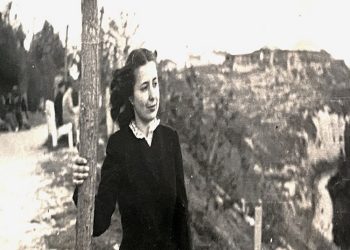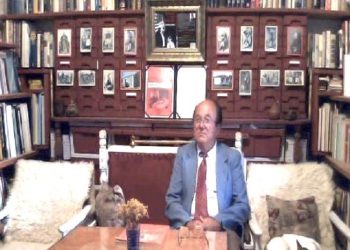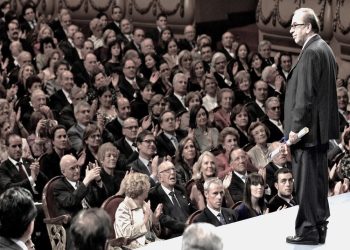Memorie.al History of the famous family of the German family of Jewish origin, the Rothschild, who is known not only for their colossal wealth but also as philanthropists of charity. How they put their wealth and what were the branches of the economy where they invested their profits. The great help they provided without a spin on the rebuilding and development of the new Israeli state was their origin.
The wealthy German Rothschild family, of Jewish origin, emigrated to Europe in the early 18th century and settled mainly in Wilhelm-era Germany. The founder of the famous Jewish dynasty was Mayer Amschel Rothschild, who would leave a name for unprecedented wealth until then not only in Germany but throughout Europe. Mayer Rothschild was born in 1744 and grew up in a ghetto selling small but great value antiques and collecting old, rare coins of numismatic value. Then Rothschild’s fate smiled as Mayer was hired as a merchant by the German prince Wilhelm, in the town of Hesse-Kassel, controlling all trade agreements signed with neighboring states. During his career as an economic adviser at Wilhelm, Mayer’s reputation grew greatly and he began to become one of Germany’s wealthiest people.
The division of wealth between brothers
In order to ensure that his property would survive and be administered for the benefit of the family, he distributed the property to his children: Nathan, Amschel, Solomon, James, and Carl. Nathan got a good deal of it and settled in London, where Rothschilds still reside in the castle. Amschel took over part of the estate that his father had administered for the benefit of the Prussian state years earlier in Frankfurt, where they lived. Solomon acquired a portion of the property, which he would later administer in the Austrian capital, Vienna. Carl would settle in Naples, Italy, where he would deal with some fishing boat building and trading businesses on the Neapolitan coast. While James would control the estate in Paris. All of the Mayer boys invested most of their fortune in the states where they lived, in order to make it known throughout Europe at the time. Some of the most famous and generous funding in years were: the construction of mountain railways and tunnels in the Austrian mountains, the construction of some extensive roads and boulevards in Paris, the conduct of the fishing business and the restoration of old museums in Naples, the opening of Oppenheimer Bank in Germany, in collaboration with Wilhelm and Hainaut et al. While the most generous investment of the 19th century was made in the British army of Wellington, which won at the Battle of Waterloo in 1815 against Napoleon Bonaparte. Meanwhile, during this period Rothschild’s declared wealth in Europe amounted to billions of dollars. They invested part of their wealth for their Jewish compatriots living throughout Europe. Subsequently, their wealth was inherited from generation to generation. In London, it was taken over and controlled by Lionel, Leopold, Antoni, Narran, and Henry, who played an important role in the industrial revolution, opening factories and workshops to eliminate unemployment. Amschel left no heir and the businesses they owned in Frankfurt were taken by the state. So it was with Solomon in Vienna and Carl in Naples. While James in Paris left to his sons: Edmond, Gustave, and Alfons, who continued their trading business.
Twentieth Century, almighty Rothschild
With the advent of the twentieth century, the competition between wealthy aristocratic families in Europe and the world also increased. The Rothschilds did not stay out of this competition, but on the contrary, they were the most renowned and richest dynasty in the world. With the advent of the 20th century, the Rothschild suckers continued the inherited habit of philanthropy. Victor, Jacob, Philip, Robert, Eric, and Alain, along with other brothers and relatives, continued to invest heavily in Europe and the world. They even created a heraldic coat of arms to identify themselves as Rothschild Jews. During the outbreak of World War I, Rothschild’s possessions and possessions were at risk, especially in France, Germany, Austria, and others. Because of the invading armies that often, after fierce fighting, destroyed and stole. But they were not affected. After the war, when Europe was ravaged and starving, Rothschild thought it was the ideal opportunity for the European economy to recover, investing their wealth unharmed. Investments began strongly with schools, hospitals, castles, and roads. Rothschild also contributed greatly to the establishment of the Suez Canal, to the transport of cotton and the re-establishment of numerous mines in South Africa, where diamonds were extracted. With the onset of World War II, the anti-Semitic spirit began in Germany and throughout Europe,
Rothschild, escaping a possible Nazi persecution, fled to Austria and then to the US where they contributed to the war for the benefit of the Allies. During their stay in the US, they invested large sums for the city of New York, a work the mayor decorated with medals and expressed gratitude to President Roosevelt and the American people. After the war ended, like many other Jews, they went away where they invested the largest amount a philanthropist family could invest. In recent years, the family has renounced the great wealth of fame and cares for English cultural heritage funds. She lives apart from the attention of the press and public opinion. It was the many philanthropic investments that this dynasty made in Europe and in the world, that made it famous and revered all over the world, though at times its reputation is being tarnished by a Bulgarian author who, in his book The Conspiracy big, ”he accuses them of sparking two world wars, charges that are in fact unfounded.
Rothschild invested for an entire state
After the end of World War II, the Rothschilds were among the few philanthropic dynasties to invest in war-torn Europe under the Marshall Plan. They contributed to the construction and construction of dozens of schools, hospitals, factories that the war had badly damaged. But with the emigration of thousands of Jews from European countries, they were also able to invest something for the newly formed state of Israel in 1948. It was Israel that desperately needed investment philanthropists, such as the Rothschild dynasty, in order to recover and develop as a new and modern state. The Rothschild gave all their wealth to the benefit of the newly formed Jewish state in all respects. In the economic and military sectors, Rothschild invested more because in that sector Israel needed more than ever to create a prosperous and developed economy. While in the military sector, they invested a large portion of their wealth in acquiring a large number of modern Western weapons, as the new Jewish state needed to be protected from one-on-one attacks by its Arab neighbors. The Rothschilds, with their treasured treasure, contributed to the establishment of dozens of schools, hospitals, and buildings in Israel, mainly in ancient cosmopolitan cities such as Jerusalem, etc. Even to this day, the Israeli government and people dedicate themselves to the existence and construction of the modern Jewish state, the Rothschild dynasty itself, which did not hesitate to render aid not only to their Jewish state but also to various parts of the world, always for the benefit of progress, peace and democracy in the world.
Rothschild, founder of the Butrinti Foundation
Lord Rothschild, in the early 1990s, expressed his interest in visiting Albania slowly from the nearly 50-year dictatorship of Enver Hoxha’s communist regime, which he had opposed for years from the island of Corfu, where he and his family often went on vacation. After his visit to Tirana in the early 1990s, he immediately visited the ancient city of Butrint in Saranda. Rothschild and the people accompanying him were amazed at the beauty of the ancient city, and he thought of putting Butrint under his special care, in order for that rare archaeological complex to preserve the ancient city’s thousands-year-old values, collaborating with archaeologists and Albanian restorers./Memorie.al




